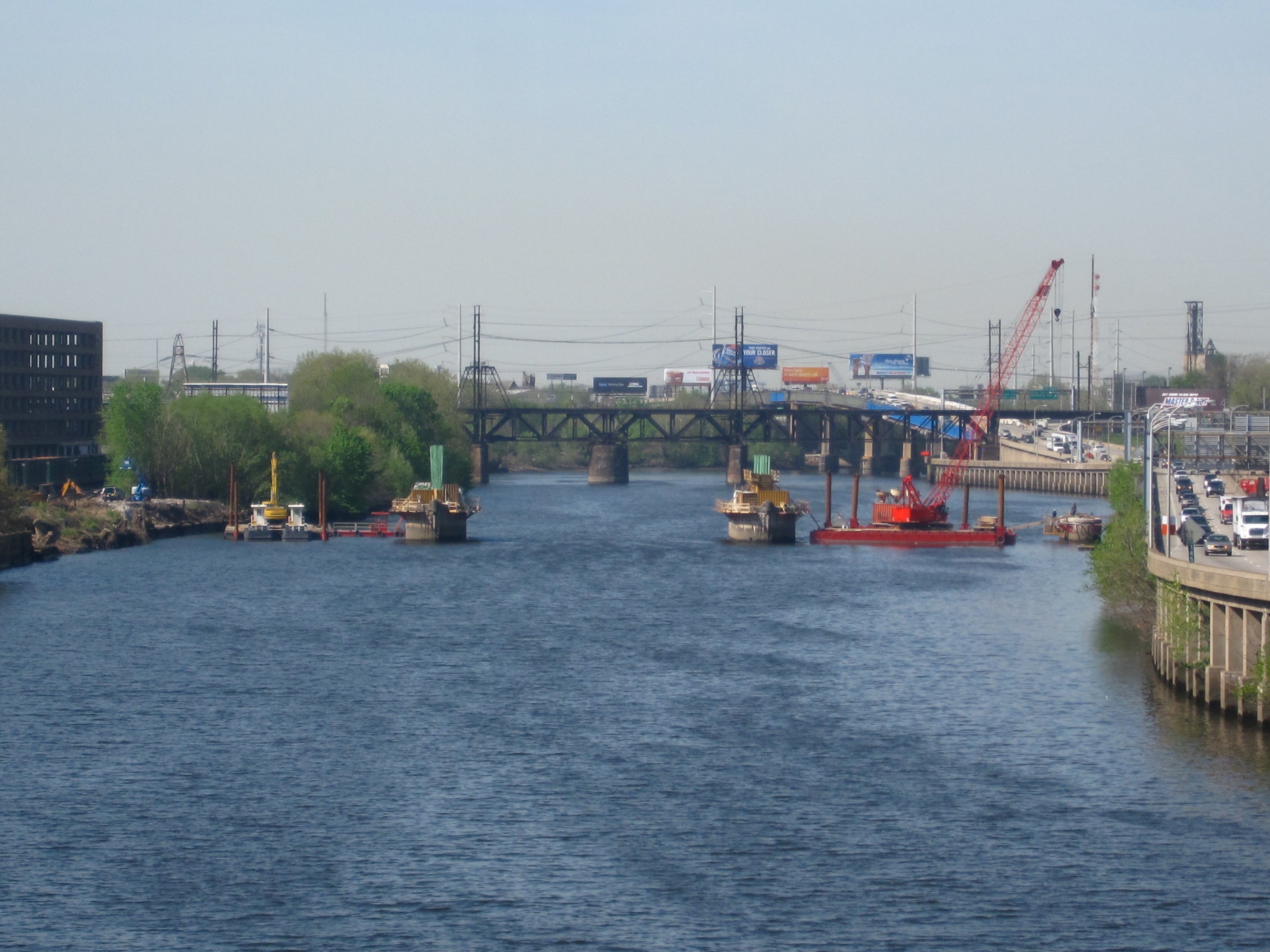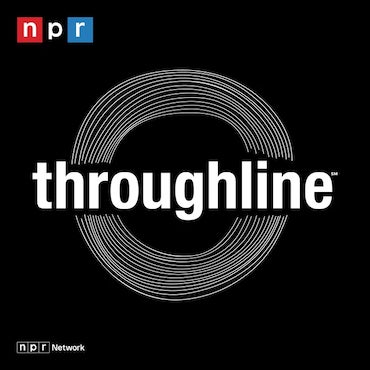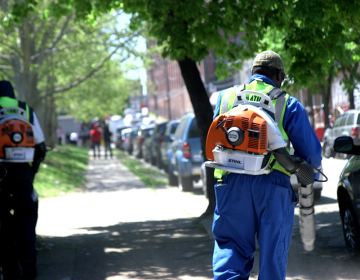The power of towers

May 11
By Steven Ujifusa
For PlanPhilly
The South Street Bridge redesign recently took another turn, even as a new bridge is about to begin to rise over the Schuylkill River.
At a community meeting at the Philadelphia School on April 27, the Streets Department announced that it would delay the construction of the structure’s controversial towers. As a result of this recent decision, the design of the towers will be separated from the rest of the project. This move, it is hoped, will give the bridge designers more time to work with the community to produce a new design.
For the past several weeks, the bridge’s architects – H2L2 – had been working on a revised version of the four glass-and-steel towers, which were meant to evoke the original watchtowers of the 1920s bridge. The bridge is scheduled to open in late 2010, leaving the designers a tight time frame to accomplish this goal.
The construction of the piers and deck, which will include many of the pedestrian and bicycle-friendly changes suggested by the South Street Bridge Coalition, will proceed according to the original schedule. This portion of the project will also include four concrete pylons, which will serve as bases to the yet-undetermined towers.
As a consequence, the Arts Commission’s review of H2L2’s current revised tower design, scheduled for May 6, was cancelled.
James Campbell, president of the South Street Bridge Coalition, was pleased the results of the meeting. “I am delighted the city has found a way to move the process forward,” he said in a May 8 interview. “This will allow H2L2 to move ahead with their design development. This will be very beneficial.”
Marcia Wilkof, the Democratic leader of the 30th Ward and fellow member of the South Street Bridge Coalition, agrees with Campbell. “This move will give architects more time and a fresh look at what they are doing. It’s a really good solution, and a good step in the design process, and it’s wonderful that they could find some extra time.”
Above all, Wilkof and Campbell feel that this is representative of the new, collaborative spirit in the civic design process, a spirit that many felt was lacking when the initial bridge design was unveiled two years ago.
“Even though there have been time constraints on this project, it’s been a good, collaborative process,” continues Wilkof, and we know that it will continue to this when we are at the end and have a finalized design. The message we continue to encourage people to get out is that this flexibility is a good thing. The interaction with the community continues to be good.”
Shortly after the April 27 meeting, Campbell and Wilkof distributed a letter to the Rittenhouse/Graduate Hospital community that summarized the implications of the Streets Department’s new design and constructions schedule. “A number of opinions were expressed by the neighborhood,” the letter stated about the meeting. “Most people seemed to like the concrete pylons. Some were fine with uncoupling the two issues to give more time to come up with a solution that could be embraced by all while others were disappointed that the design was not proceeding in a timely fashion. Some in the community liked the direction the design had been going and others did not.
“While there are cost implications with delaying the construction of the pylons,” the letter continued, “the City believes the benefit of allowing the architects to look at a complete design is worth the added cost … The Streets Department and H2L2 Architects will bring tower design alternatives to the community for comment and input.”
David Perri of the Streets Department clarified that although the design effort is being split into two sections, the project will still proceed as a single, unified construction schedule. “We had considered splitting the construction into two phases,” Perri said in May 11 interview. “But they [the community] wanted a commitment now. They wanted the project done sooner than later.”
In order to keep the project on one rather than two construction schedules, Perri said that the Streets Department rearranged their original timetable to accommodate the additional design time spent on the towers.
“The project still on schedule,” Perri added, “and we hope to present the tower design to the Art Commission for approval this September.”
Contact the reporter at steven.ujifusa@gmail.com
WHYY is your source for fact-based, in-depth journalism and information. As a nonprofit organization, we rely on financial support from readers like you. Please give today.





